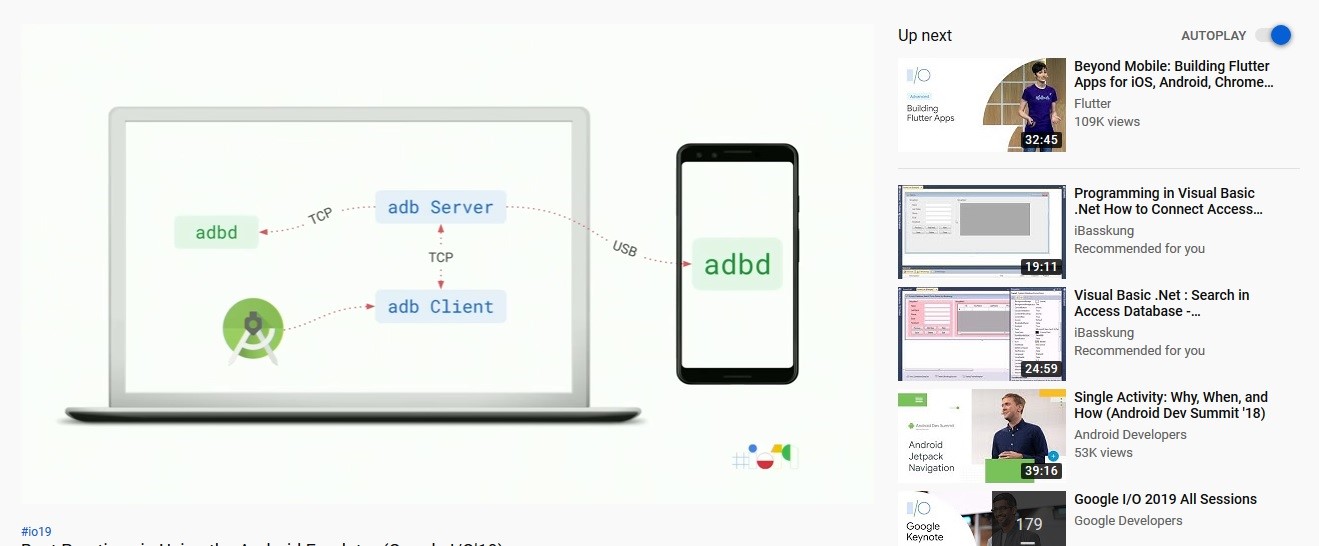
Developers regularly utilize the Android Emulator during their everyday development to rapidly test the most recent changes before they commit. Likewise, developers are progressively utilizing the emulator in their persistent combination (CI) frameworks to run a bigger suite of mechanized tests. To all the more likely help this utilization case, we are publicly releasing the Android Emulator Container Scripts and improving the engineer encounters around two torment focuses:
- Deployability – finding and running the ideal variant of Android Emulator.
- Debuggability – finding bugs from remote cases of Android Emulator.
Deployability
Android bolsters a wide assortment of equipment and software, and the Android Emulator is the same. In any case, this wide assortment can make disarray over condition setups. By what method should engineers get emulators and framework pictures? What drivers are required? How would you keep running with or without CPU or GPU speeding up? (and so forth and so on.)
To address this, we have propelled:
- Android Emulator Download Script – This content gives the current forward-thinking arrangements of emulator pictures (both AOSP and with Google Play Services) just as emulators parallels (supporting Linux, Mac OS and Windows). You can incorporate this with your current persistent combination framework. Going ahead, we mean to improve this support of empower downloading of expostulated forms notwithstanding the most recent adaptations to make it simpler to recreate authentic test outcomes.
- Android Emulator Docker picture generator – Android framework pictures and the emulator is just a single piece of the story. For condition, drivers, and pre-introduced framework conditions, we set up together a Docker picture generator. This makes the total condition where the Android Emulator runs. After you start up the Docker picture, 1) port sending and ADB, or 2) gRPC and WebRTC, makes collaboration with the emulator conceivable. Presently, the Docker picture generator is intended to work in Linux. We are likewise taking a gander at Mac OS and Windows has, so stay tuned!
To expand reproducibility, the basic Dockerfile format makes the necessary order line banners and framework conditions increasingly unequivocal (and reproducible by means of structure Docker pictures from them). For equipment increasing speed, note the – advantaged banner that is passed to run.sh; we accept CPU quickening is accessible when running the emulator, and – special is expected to run the holders with CPU speeding up (KVM) empowered.
Debuggability
At the point when the emulator is running and a test or the emulator falls flat, it very well may be hard to jump into the running condition and analyze the mistake. Regularly, analysis requires direct cooperation with the virtual gadget. We give two mechanisms to point out interaction:
- ADB
- Remote gushing
On account of ADB, we permit all directions, for example, logcat and shell, by sending a specific port from the Docker visitor to the host. Since the ebb and flow port is 5555, we’ll have to gather more input and accomplish more research on how best to separate ports crosswise over various compartments.
Remote spilling
Security note: With remote spilling, remember that once the administration is begun, any individual who can interface with your PC on port 80/443 can collaborate with the emulator. So be cautious with running this on an open server!
With remote gushing, you can run the emulator in a holder, which is as intuitive as running locally. Running the emulator in a compartment makes it simpler to investigate issues that can be difficult to find utilizing ADB directions. You can get to the emulator utilizing a program with WebRTC, which is utilized to stream the video, and gRPC, which is utilized to send mouse and console occasions to the emulator. Remote gushing requires three compartments:
- A holder that has the most recent emulator
- A holder with an Envoy web intermediary required for gRPC
- A holder with nginx to serve the React web application
The holders tie to port 80 and 443, so ensure you don’t have a web server running. A self-marked testament will be offered in the event that you indicate the program the host. In the event that you indicate your program the host you should see something like the picture beneath:
Once more, remember that any individual who can associate with your host can collaborate with the emulator. So be cautious with running this on an open server!
How about we scale testing!
Testing can appear to be an expense on advancement time. In any case, the same number of prepared engineers have seen, legitimate robotized testing can expand advancement speed as the code base increases and progressively intricate. Constant testing should give you certainty that the change you make won’t break your application.
